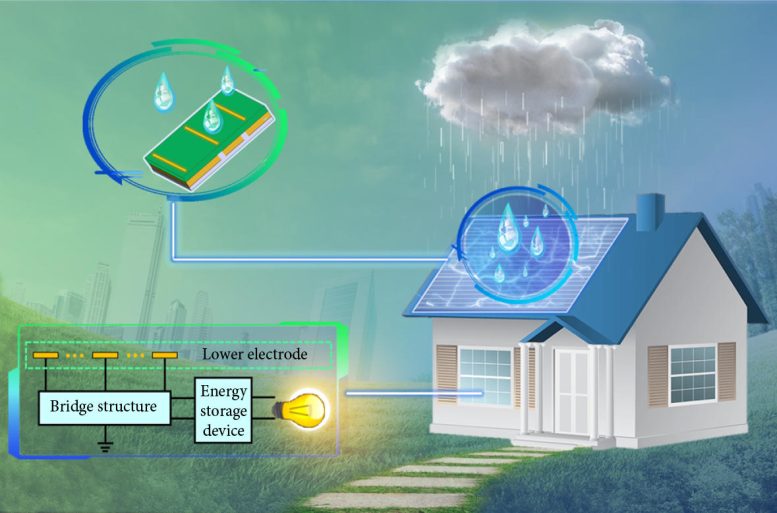
This diagram shows what these D-TENG panels might look like. It also illustrates how the bridge structure, when combined with the lower electrodes, can lead to improved energy storage. Credit: iEnergy, Tsinghua University Press
When droplets of rain descend from the clouds, they generate a small amount of energy that can be captured and converted into electricity. This process can be seen as a miniaturized form of hydropower, which employs the kinetic force of moving water to generate electricity. Several researchers have suggested that the energy gathered from falling rain could serve as a viable source of sustainable, clean energy. However, expanding this technology on a broader scale has proven challenging, thereby limiting its practical utilization.
To collect raindrop energy, a device called a triboelectric nanogenerator (TENG), which uses liquid-solid contact electrification, has been shown to successfully harvest the electricity from raindrops. This technology also successfully harvests energy from waves and other forms of liquid-solid triboelectric power generation.
However, droplet-based TENG (D-TENGs) have a technical limitation from connecting more than one of these panels together, which reduces overall power output. A recently published paper outlines how modeling D-TENG panels after solar panel arrays makes harvesting raindrop energy more efficient, broadening its application.
The paper was published in the journal iEnergy on June 29.
“Although D-TENGs have ultra-high instantaneous output power, it is still difficult for a single D-TENG to continuously supply power for megawatt-level electrical equipment. Therefore, it is very important to realize the simultaneous utilization of multiple D-TENGs,” said Zong Li, a professor at the Tsinghua Shenzhen International Graduate School at Tsinghua University in Shenzhen, China. “Referring to the design of solar panels in which multiple solar power generation units are connected in parallel to supply the load, we are proposing a simple and effective method for raindrop energy harvesting.”
When multiple D-TENGs are connected, there is unintended coupling capacitance between the panels’ upper electrode and lower electrode. This unintended coupling capacitance reduces the power output of the D-TENG arrays. To reduce the effect of this problem, researchers proposed bridge array generators, which use array lower electrodes to reduce the influence of the capacitance.
When raindrops fall on the surface of the panel, a process called triboelectrification produces and stores the energy from the rain. When the droplet falls on the surface of the panel, called the FEP surface, the droplet becomes positively charged, and the FEP surface negatively charged. “The amount of charge generated by each droplet is small and the surface charge on the FEP will gradually dissipate. After a long time on the surface, the charges on the FEP surface will gradually accumulate to saturation,” said Li. “At this point, the dissipation rate of the FEP’s surface charge is balanced with the amount of charge generated by each impact of the droplet.”
In order to demonstrate the success of the bridge array generators with the array lower electrodes, the conventional D-TENG was compared to the bridge array generators. Researchers also compared the performance of the bridge array generators with different sizes of sub-electrodes. The thickness of the panels was also studied to see if that had an effect on any power loss. Increasing the FEP surface thickness lead to decreased coupling capacitance while maintaining the surface charge density, both of which could improve the performance of the bridge array generator.
When bridge array generators were developed for raindrop energy collection and utilized array lower electrodes and bridge reflux structures, the raindrop collection panels could be independent of each other. This means that unintended power loss could be reduced. “The peak power output of the bridge array generators is nearly 5 times higher than that of the conventional large-area raindrop energy with the same size, reaching 200 watts per square meter, which fully shows its advantages in large-area raindrop energy harvesting. The results of this study will provide a feasible scheme for large-area raindrop energy harvesting,” said Li.
Reference: “Rational TENG arrays as a panel for harvesting large-scale raindrop energy” by Zong Li, Bin Cao, Zhonghao Zhang, Liming Wang and Zhong Lin Wang, 29 June 2023, iEnergy.
DOI: 10.23919/IEN.2023.0015
Other contributors include Bin Cao and Liming Wang of the Tsinghua Shenzhen International Graduate School at Tsinghua University; Zhonghao Zhang of the China Electric Power Research Institute in Beijing; and Zhong Lin Wang of the Beijing Institute of Nanoenergy and Nanosystems at the Chinese Academy of Sciences in Beijing.
The National Natural Science Foundation of China (52007095) funded this research.

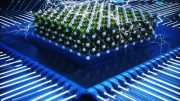
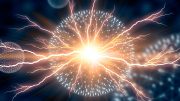
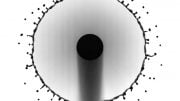
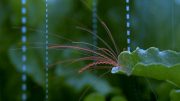
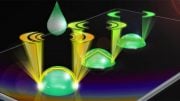
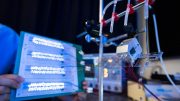
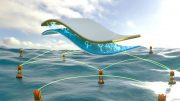
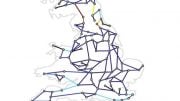
“expanding this technology on a broader scale has proven challenging, thereby limiting its practical utilization”…. change your name to: phake-science-headlines.com…
An utterly ridiculous joke…
Drops of water make ocean. Drops of water create Electricity.